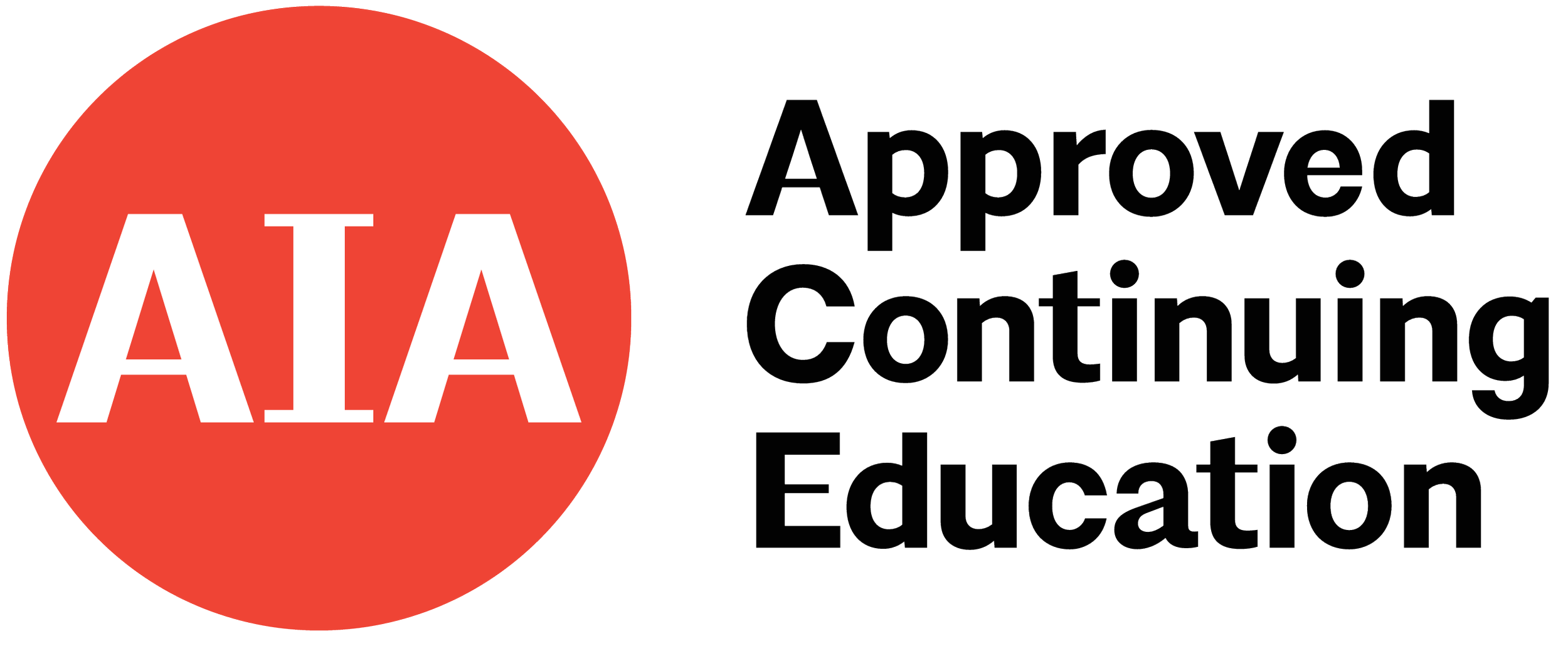CEUs
1 LU/HSW
Cost
$5: AIA members
$10: Non-Members
Location
Zoom
Program Overview
Hosted by AIA Cincinnati and AIA Dayton.
Architects and engineers have traditionally focused on the safety and reliability of significant infrastructure components without deliberate design and incorporation of sustainable considerations on any level. However, the architectural community, and society as a whole, are now realizing the enormous investment of materials, energy, capital, and the resulting significant environmental burdens and social costs affiliated with infrastructure system design, development, and construction.
Approaches to help achieve higher sustainability levels for infrastructure are developing and using new materials, construction techniques, and designs that enable the maintenance, repair, and replacement of the surface infrastructure network faster, more economical, and with longer-lasting life spans made possible by improved life-cycle management. Increased infrastructure sustainability is accomplishable through many methods, including improved materials and design, reductions in energy usage, and embodied CO2. Other methods include reducing construction waste, replacing diminishing virgin materials with recycled materials, and increasing structural durability to extend service life.
Learning Objectives
Participants will learn to distinguish between the terms “sustainability” and “resilience” with regards to building projects.
Participants will learn of present US, state, and local municipal codes and their initiatives on the reduction of embodied carbon.
Participants will learn how concrete reduces embodied CO2 through enhanced durability and robustness, carbon sequestration via carbonation, and how concrete mixture ingredients influence CO2.
Participants will learn of the anticipated impact of climate change (slow onset and natural hazards) on concrete.
Presenter
Presented by Ohio Ready Mix Concrete Association DBA Ohio Concrete.
Speaker
Julie Buffenbarger is employed as a Senior Scientist & Sustainability Principal for Beton Consulting Engineers, Mendota Heights, Minnesota. Also, she serves as a part-time QA/QC manager for Tech Ready Mix in Cleveland, Ohio.
She has 28 years of experience in the concrete construction industry. Julie has proficient knowledge of cementitious materials, aggregates, and admixtures and an understanding of building codes and construction specifications. Buffenbarger is currently a member of ACI committees 130 (Sustainability), 132 (Responsibility in Concrete Construction), 232 (Fly Ash), 234 (Silica Fume), and 318N (Sustainability sub-committee) and has received multiple awards from the industry for her work and dedication. Julie is a Fellow of the American Concrete Institute and is an accredited professional with the United States Green Building Council Leadership in Energy and Environmental Design New Construction/Schools (LEED AP BC+D) and is also versed in other sustainable buildings, roads, and infrastructure and resilient rating systems.
Buffenbarger received her B.S. in Chemistry and M.S. in Synthetic Organic Chemistry from Bowling Green State University, Bowling Green, Ohio, in 1987 and 1992.
Continuing Education Details
Course Number: SW-003
Instructional Delivery Method: live
AIA CES Program Approval Expiration Date: 5/4/2025
Prerequisites: none
Program Level: beginner
Advance Learner Preparation: none
AIA CES Provider Statement
Ohio Ready Mix Concrete Association DBA Ohio Concrete is a registered provider of AIA-approved continuing education under Provider Number 10008806. All registered AIA CES Providers must comply with the AIA Standards for Continuing Education Programs. Any questions or concerns about this provider or this learning program may be sent to AIA CES (cessupport@aia.org or (800) AIA 3837, Option 3).
This learning program is registered with AIA CES for continuing professional education. As such, it does not include content that may be deemed or construed to be an approval or endorsement by the AIA of any material of construction or any method or manner of handling, using, distributing, or dealing in any material or product.
AIA continuing education credit has been reviewed and approved by AIA CES. Learners must complete the entire learning program to receive continuing education credit. AIA continuing education Learning Units earned upon completion of this course will be reported to AIA CES for AIA members. Certificates of Completion for both AIA members and non-AIA members are available upon request.



